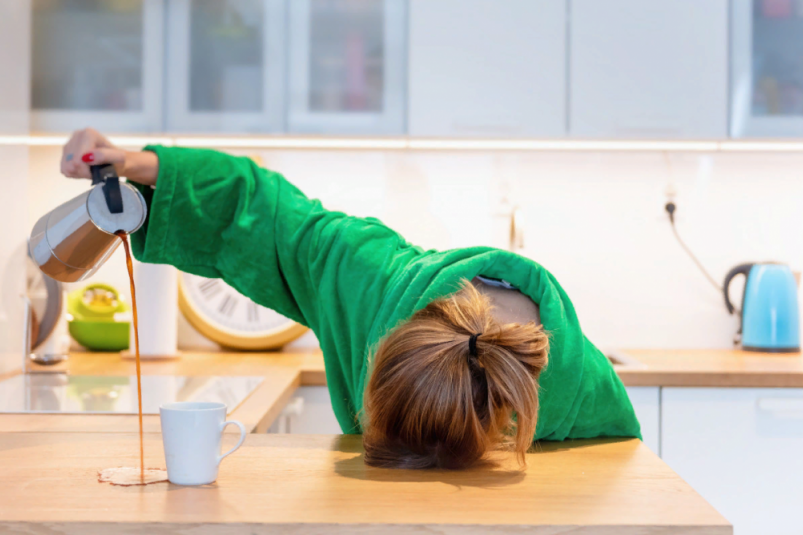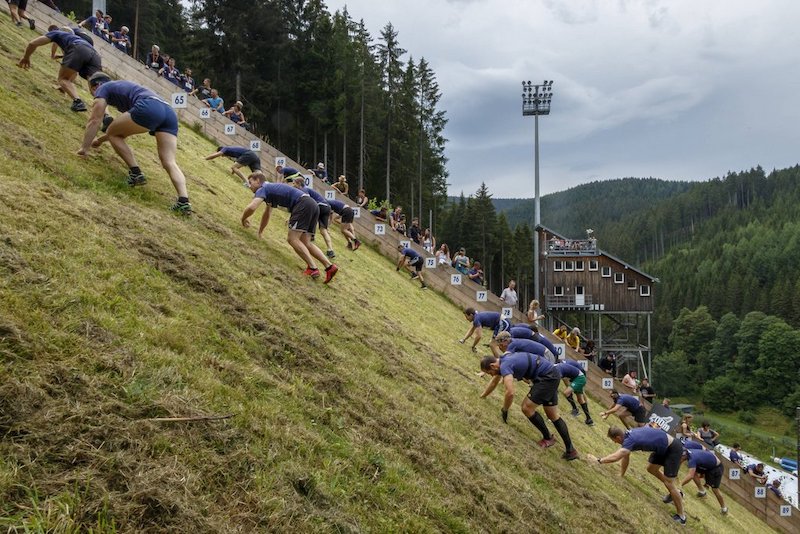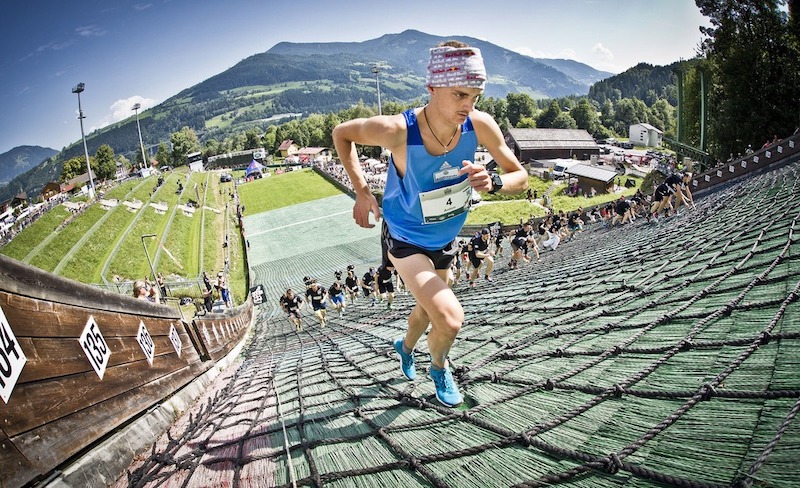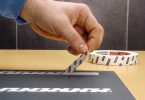Are you in good shape? If you are being asked about the question, I offer you a series of exercises to easily assess your fitness level.
If you’re reading these lines, chances are you’re a runner (or you’re thinking about getting started!). It is a natural activity that requires, despite its apparent ease, qualities that modern life often does not promote: endurance, strength, coordination, flexibility, balance… With hours spent in front of various and varied screens, in a more or less sluggish position, our bodies are far from expressing their full potential. Does it really matter? Yes, because a “poor maintenance” of your musculoskeletal system will not only prevent you from achieving your athletic goals but may also lead you straight to injury.
“The main problem for runners is, in fact, to concentrate too much… on the race! There should be a much more balanced and comprehensive approach to training, taking into account all the components involved in their sport. And I’m not saying to develop, for example, its strength without purpose: you have to focus on the functional, which will really serve you,” explains Christophe Marnier, a coach who made his own pro-PPG (general physical preparation) and PPS (specific physical preparation) fight.

Identify your weaknesses
The first step to getting back in the right direction is to identify your weaknesses. And to do that, you’re going to have to test yourself. This is what I offer you in this article.
These tests are designed to highlight your limitations in various movements that are the basis of a good running technique. If you’ve been running for some time and the injury hasn’t visited you yet, that doesn’t mean everything is fine, according to Christophe Marnier: “The body is smart. It will always find a way to compensate for your weaknesses. But, in the long run, these bad habits, these parasitic movements will have consequences on your muscles and joints. ”To be renewed every month
An example: for an effective stride, it is better to have a very mobile ankle joint. But consider that your calves are too tight, which theoretically prevents your ankles from having enough freedom. So, to compensate for the stiffness of the calves, you will run your knees “in.” Your body cheats, but it opens the door to injury. So it’s time to see for yourself what work to do. Your goal: to get 4 or 5 points out of these six exercises and renew them each month to track your progress. Be careful to adopt the recommended positions, the best being to have a mirror at hand to detect any defects that you would not be able to detect during your session. Good test! Test 1: the side plank

First test
The board tests your ability to control and stabilize the entire chain from feet to shoulders. This is an exercise that is very revealing for the runner: if the deep abdominal muscles, which are very stressed on sheathing, lack strength and endurance, they will not be able to help you maintain a good position and alignment during the race, especially when fatigue is felt.
Get to work!
Your legs rest on top of each other, the body as straight as possible, the supporting arm forming a 90-degree angle with the body. Focus especially on the abdominal muscles and glutes, which should remain well contracted, and be careful that the hip does not get close to the ground. The opposite arm remains along the body. The exercise stops when you can no longer hold the position or when the tremors mean that the alignment of the body is no longer respected.
Your points: test on both sides and average both times.
- 45s or more: 5 points
- 34 to 44s: 4 points
- 23 to 33s: 3 points
- 10 to 22s: 2 points
- Less than 10s: 1 point
Less than 3 points?
Two intermediate exercises will allow you to strengthen your deep muscles before you can get the 4 or 5 points: you can, on the sideboard, keep the knee from the bottom on the floor. Or, if it’s still too hard, put yourself on a ventral plank with your knees on the ground. But regularly test the “standard” sideboard to see your progress.
Test 2: the front slot

Second test
It tests your ability to transfer weight from one foot to the other while maintaining good posture and proper balance. In addition, it tests the strength and effectiveness of the hip bending of the back leg and the extension of the hip of the front leg.
Get to work!
Stand with your hands on your hips. Lift one leg in front of you, bending your knee, until the foot is at the opposite knee. The torso is straight, the back leg remains stretched. “Project” the leg raised forward, place your foot on the ground and bend both knees until the knee of the back leg touches the ground, while the thigh of the front leg should be as parallel to the ground as possible. Return to the starting position and start again by reversing the legs.
Your points: you earn one point for each item
- You can lift your foot at the opposite knee without moving the level of your hips.
- You are able to lift your foot to the opposite knee without bending the supporting leg.
- You are able to lift your foot to the opposite knee without the support leg moving.
- When you put your front foot on the ground, your knee does not sag.
- You have the ability to set foot and return to the starting position without losing your balance.
Less than 3 points?
If you’re having trouble, focus first on the first part of the test. It’s ideal for strengthening your hips, improving your balance and stability. Try to hold the position as long as possible. More dynamic: As soon as the foot is at knee height, return to the initial position and reverse the supporting leg.
You can also do a long cardio exercise like jogging or cycling for more strength and endurance.







